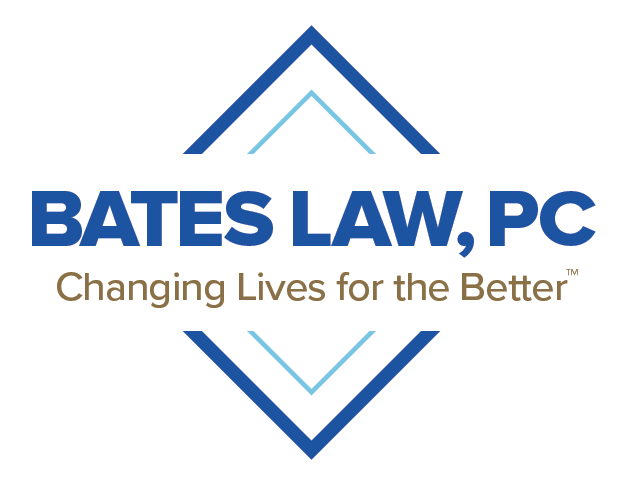Who's At Fault In A Rear-End Car Accident?
Rear-end car accidents are some of the most common types of collisions, and they can result in catastrophic and fatal injuries to the parties involved. Although police often assign fault to the rearward striking drivers in these cases, it's not always the case. If you were injured in a rear-end crash, make sure that you review every detail surrounding the collision with a skilled personal injury lawyer to accurately determine fault and liability.
What Most People Assume About Fault In Rear-End Crashes
It’s not very difficult to determine that a rear-end crash has occurred. The car with damage in front was the car that hit the other vehicle. The car with damage in the back was the one that got hit. This simple evidence may be enough proof that the rearward striking driver was (1) unlawfully tailgating, (2) distracted or (3) negligent in some other way leading up to the collision, which is why most people automatically assume that the rearward driver was at fault in these incidents. However, other factors could show that the rearward-striking driver was not at fault. Therefore, personal injury plaintiffs need to ask a variety of questions when evaluating a claim.
Questions That Help Determine Fault After A Rear-End Collision
It’s important to ask the following after any rear-end accident because the answers will reveal the party, or parties, who are liable to pay for damages:
Was a third party involved?
If Car A stopped suddenly because Car B ran a red light, and the sudden stop caused Car C to hit the back of Car B, Car B is probably at-fault and liable for the crash. Factors like this could mean that a third party was at least partly to blame for a collision.
Were the front driver's brake lights and turn signals working?
The striking driver might claim that the front driver's brake lights or turn signals weren't illuminated, making it difficult to see the driver. In this case, the driver in front could be at fault for failing to turn on his or her lights.
What does the police report say?
The police officer who tends to the accident scene will compile an official report about the crash. The police report will include the officer’s determination of who was at fault, and the traffic tickets and citations the officer issued in conjunction with the crash. The evidence contained in the police report will likely play a vital role in proving fault and liability after a rear-end crash.
Is the police report accurate?
Sometimes police make factual errors in their police reports. If there was a clear mistake relating to fault determination, in rare circumstances, it might be possible to request an amendment to the police report so it more accurately reflects who was really at fault for a crash.
Were any state traffic laws violated?
State traffic laws may dictate which driver was at fault for the collision. Injured parties should review the events leading up to the crash carefully to determine if any rules of the road were violated. The police report will also provide evidence of traffic law violations like driving while intoxicated, speeding, tailgating, driving recklessness or texting while driving. Such violations of the law can support the legal claims of injured parties.
An Attorney Can Help You Seek Compensation For Your Injuries
If you or your loved one suffered serious injuries in a rear-end car accident due to no fault of your own, the personal injury lawyers at Bates Law can help you evaluate your potential claims for financial damages. If successfully navigated, such a claim could bring you money to pay for the costs associated with your medical care, lost income, compensation for pain and suffering and other categories of damages.
Give us a call today at (619) 222-0900.

